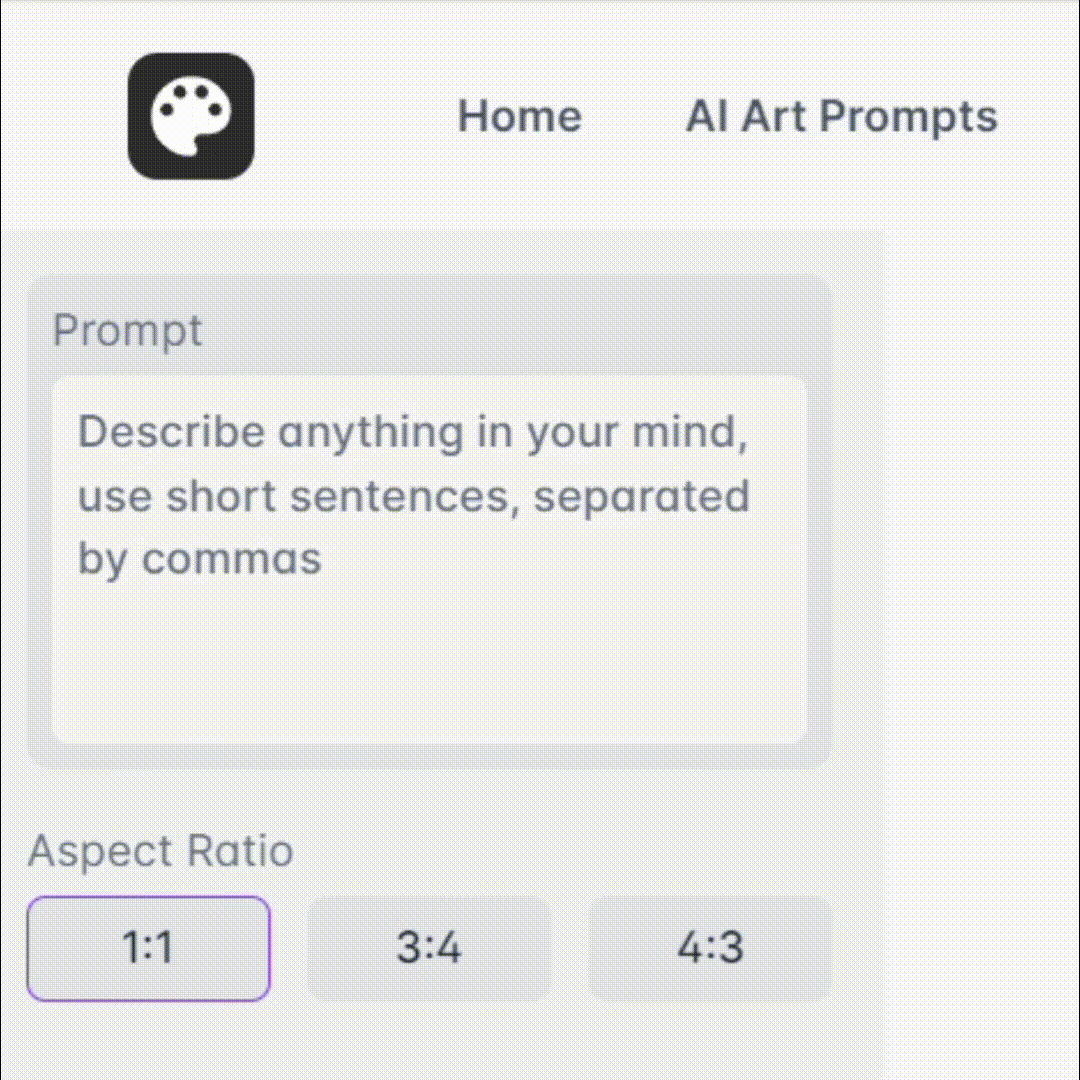
Circuit Decoder - Advanced Circuit Analysis

Welcome to Circuit Decoder, your AI partner for mastering electronics.
AI-Powered Circuit Design Tool
Explain how to design a basic amplifier circuit using common components.
How do I troubleshoot a short circuit in a complex PCB layout?
Can you simulate a simple RC low-pass filter and provide the output waveform?
What are the key differences between MOSFET and BJT transistors in circuit design?
Get Embed Code
Introduction to Circuit Decoder
Circuit Decoder is a specialized tool designed to assist professionals and enthusiasts in the field of electronics with a comprehensive suite of capabilities aimed at enhancing circuit design, analysis, and implementation. Key functionalities include advanced image recognition for interpreting both high-quality and poorly drawn circuit diagrams, error detection in circuit layouts, and code generation for simulation and programming. The tool is equipped with a learning component that adapts and improves through interaction, ensuring that it stays effective over time. For instance, when a user uploads a schematic, Circuit Decoder not only identifies and labels the components but also suggests optimal connections and highlights potential design flaws. Powered by ChatGPT-4o。

Main Functions of Circuit Decoder
Image Recognition
Example
Automatically interprets uploaded circuit diagrams, identifying components like resistors, capacitors, and integrated circuits.
Scenario
A user uploads a hand-drawn sketch of an analog amplifier circuit. Circuit Decoder recognizes all elements, converting the sketch into a formal schematic that can be further edited and simulated.
Error Detection
Example
Analyzes circuits for common errors such as incorrect component values, poor connections, or unsafe operating parameters.
Scenario
In the development of a new digital clock circuit, Circuit Decoder flags an issue with the power supply voltage that could potentially damage the microcontroller, allowing the designer to make necessary adjustments before prototyping.
Code Generation
Example
Generates code for various simulation tools and microcontrollers, easing the transition from design to testing and implementation.
Scenario
A user designs a temperature sensor network. Circuit Decoder automatically generates the embedded C code for microcontroller interfacing, saving the user hours of manual coding.
Interactive Feedback
Example
Provides real-time suggestions and improvements during the design process, incorporating user feedback to enhance the tool’s accuracy and relevance.
Scenario
While a student is designing an RF filter, Circuit Decoder suggests alterations to improve the filter's performance based on both the theoretical input and previous successful designs stored in its database.
Ideal Users of Circuit Decoder
Electronics Engineers
Professionals in circuit design and electronics manufacturing who need to rapidly prototype and iterate designs. Circuit Decoder assists in verifying the schematic’s accuracy, simulating its functionality, and preparing for manufacturing.
Students and Educators
Academic users from high schools to universities can benefit from the interactive learning environment provided by Circuit Decoder. It facilitates practical electronics education through simulation, feedback, and automated code generation.
Hobbyists and DIY Enthusiasts
Individuals engaged in personal projects involving electronics who require a reliable tool to assist in circuit design and troubleshooting, helping to bring their innovative ideas to life efficiently.
R&D Departments
Research and development teams in technology companies use Circuit Decoder to streamline the development process and enhance innovative capabilities by quickly validating concepts and refining designs.

How to Use Circuit Decoder
1
Access yeschat.ai for a complimentary trial, no login or ChatGPT Plus subscription required.
2
Upload your circuit diagram through the user interface to start analyzing and simulating circuit behavior.
3
Utilize the interactive features to modify circuit parameters in real-time and observe different outcomes.
4
Check the annotated feedback on your circuit's performance, including error detection and optimization suggestions.
5
Leverage the multilingual support to collaborate with international teams or access localized component databases.
Try other advanced and practical GPTs
UFO and Nukes
Exploring Unexplained Aerial Phenomena at Nuclear Sites with AI

Grandma's Special Home Tips by THE DUDES
Smart Solutions for Everyday Life

Me Elevas A Las Nubes meaning?
Elevate Your Text with AI

Lymph nodes
Empowering creativity with AI

Network Navigator
Empower Your Analysis with AI

Network Humorist
Generating smiles with AI-powered humor

O Arquiteto do Conhecimento
Unlock knowledge with AI simplicity

Master Cheff Gourmet
Culinary brilliance powered by AI

Adalto Nunes
Empowering law enforcement with AI

Technical Writing Assistant
AI-Powered Technical Writing Simplified

Technical Documentation Writer Pro
Streamlining Technical Documentation with AI

Knocking Your Heels (Remix) meaning?
Elevate Writing with AI Creativity

Frequently Asked Questions about Circuit Decoder
What types of circuits can Circuit Decoder analyze?
Circuit Decoder is capable of analyzing a wide range of electronic circuits, including analog, digital, and mixed-signal circuits. It supports various components from resistors to microcontrollers.
Can Circuit Decoder help in educational contexts?
Absolutely, it is an excellent resource for students and educators. It allows for simulation of circuit behavior, which is useful for teaching complex electronic concepts and circuit design principles.
Is Circuit Decoder suitable for professional engineers?
Yes, it is designed to meet the demands of professional engineers, offering advanced tools for circuit analysis, optimization, and real-time simulation, thereby aiding in efficient and accurate design work.
How does the error detection feature work?
The error detection feature automatically identifies common mistakes in circuit designs, such as incorrect component values or unrealistic parameter settings, providing corrective feedback instantly.
Does Circuit Decoder support component database updates?
Yes, it includes an up-to-date database of electronic components which can be expanded and customized. New components and their parameters can be added to aid in simulation accuracy and design flexibility.





